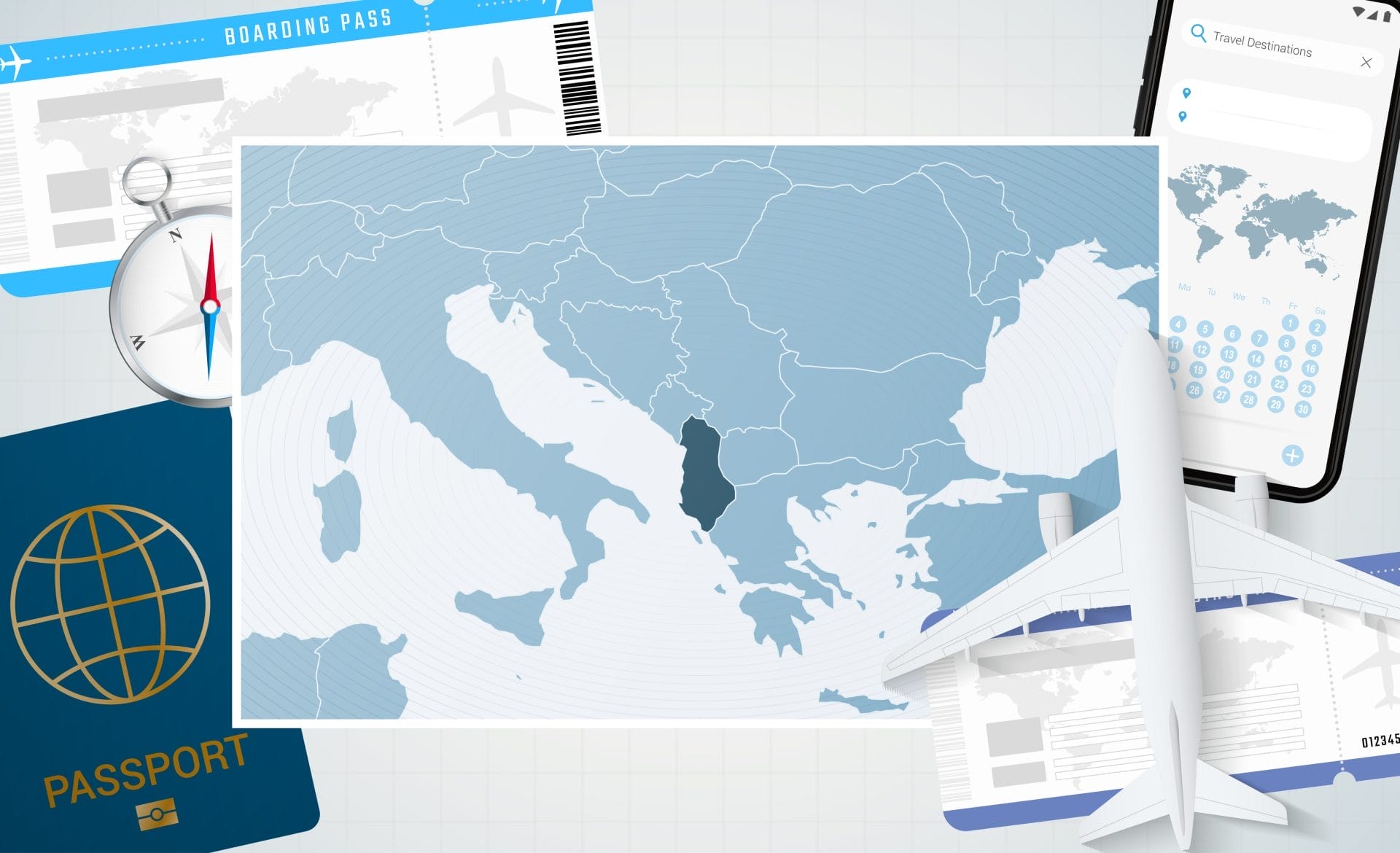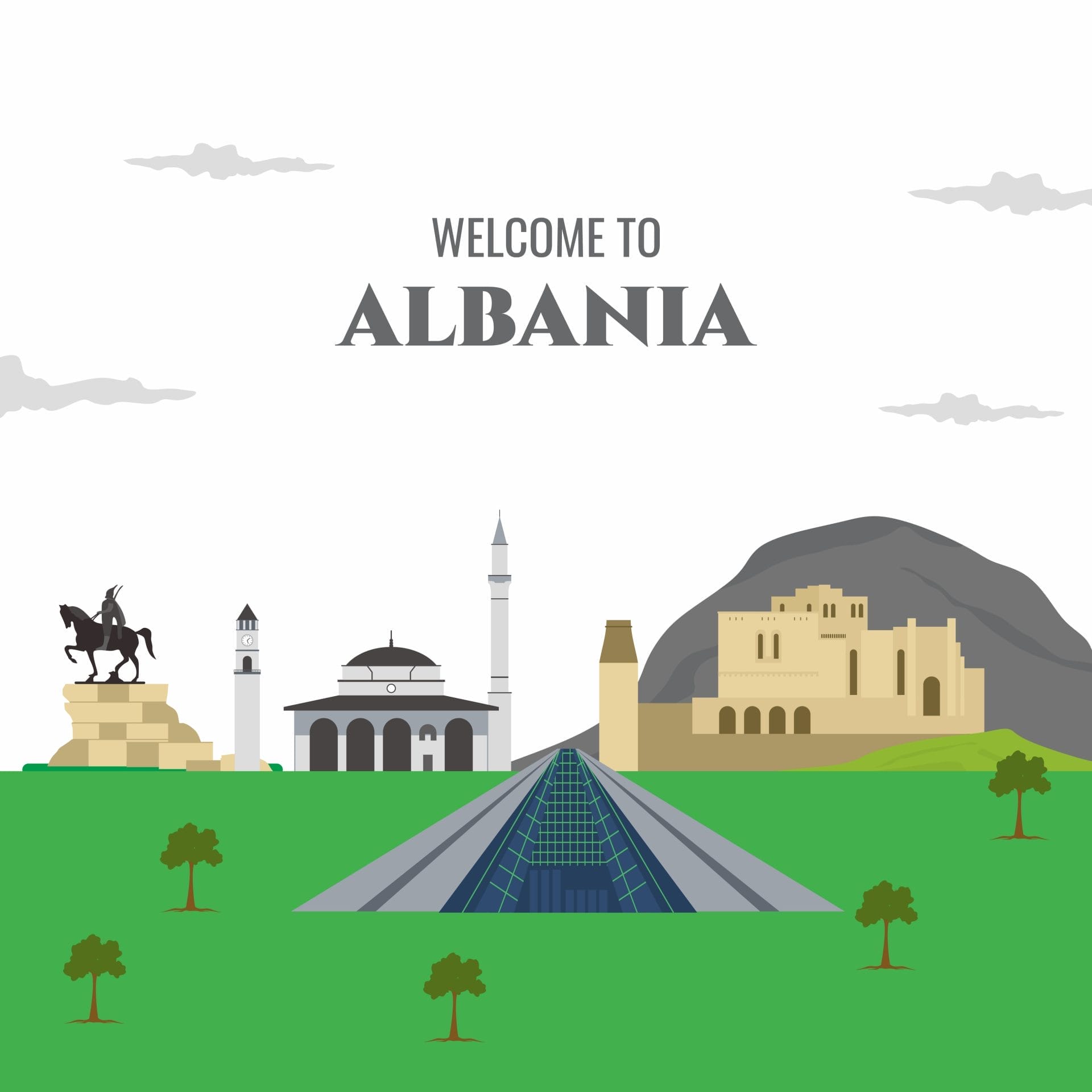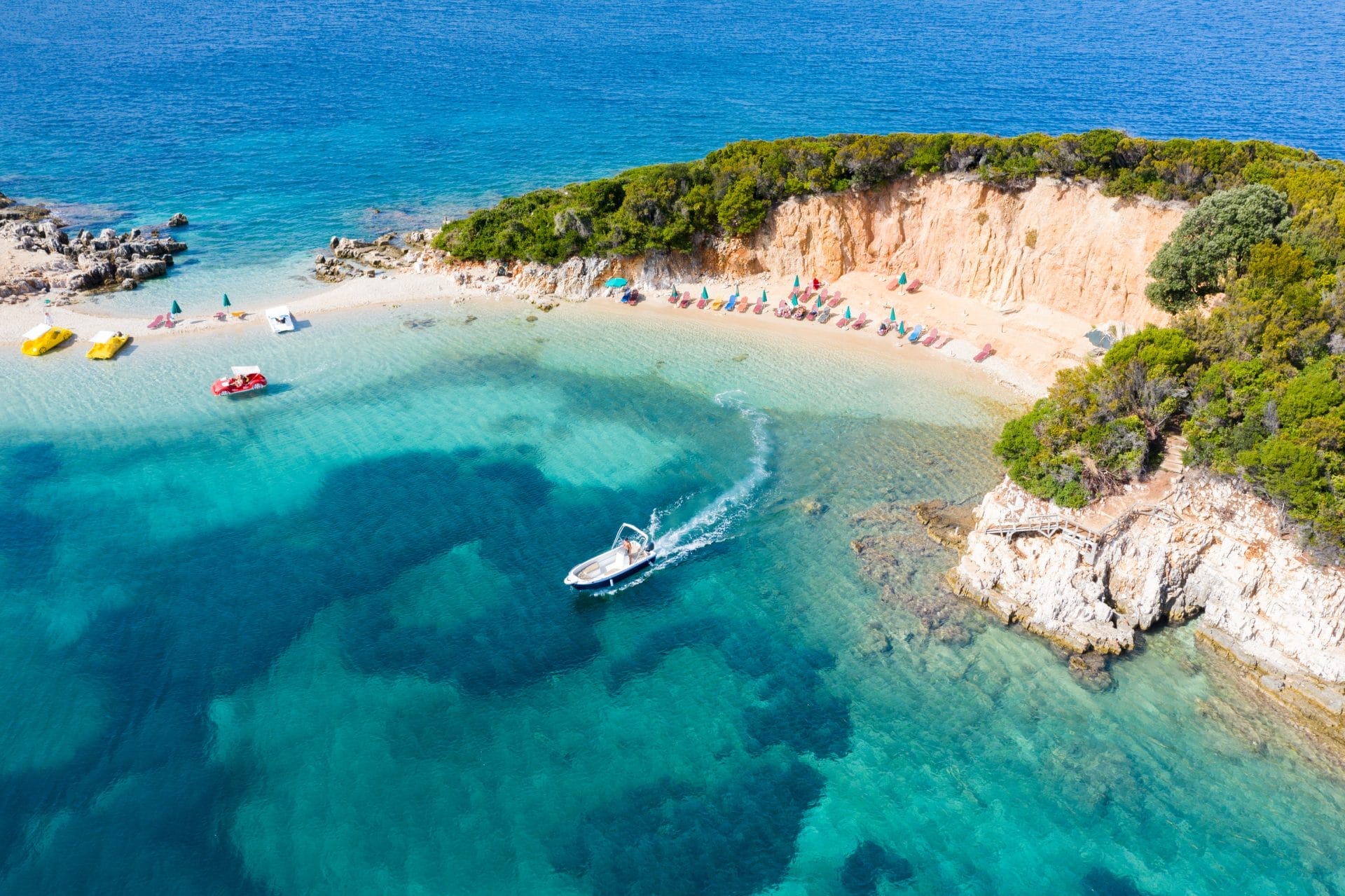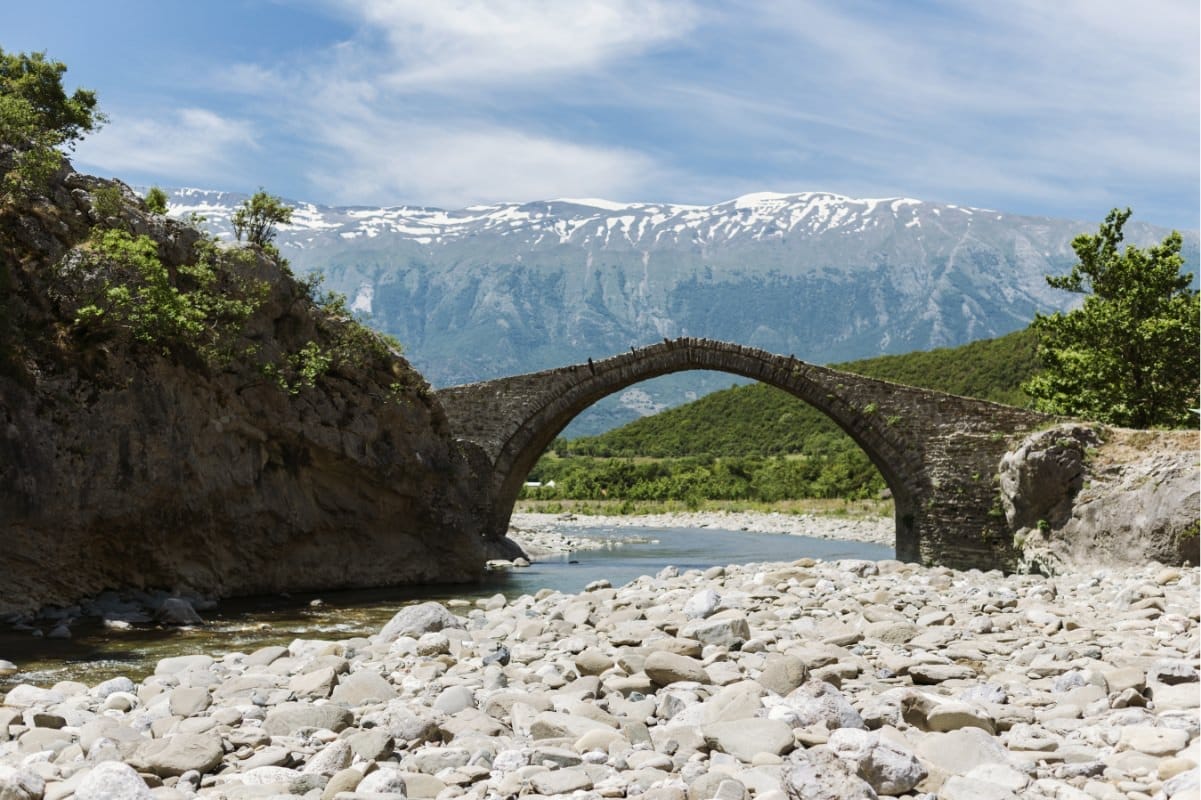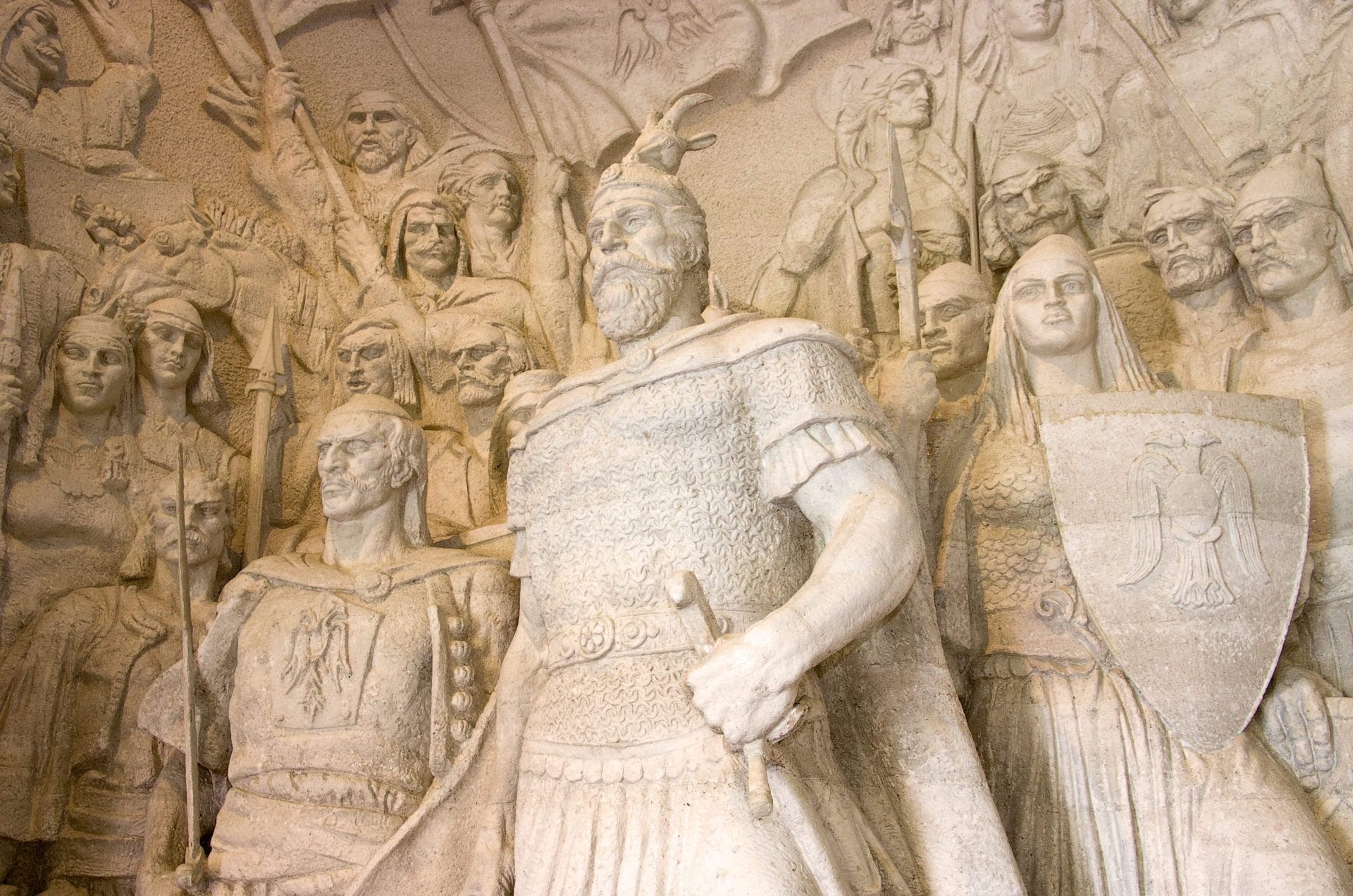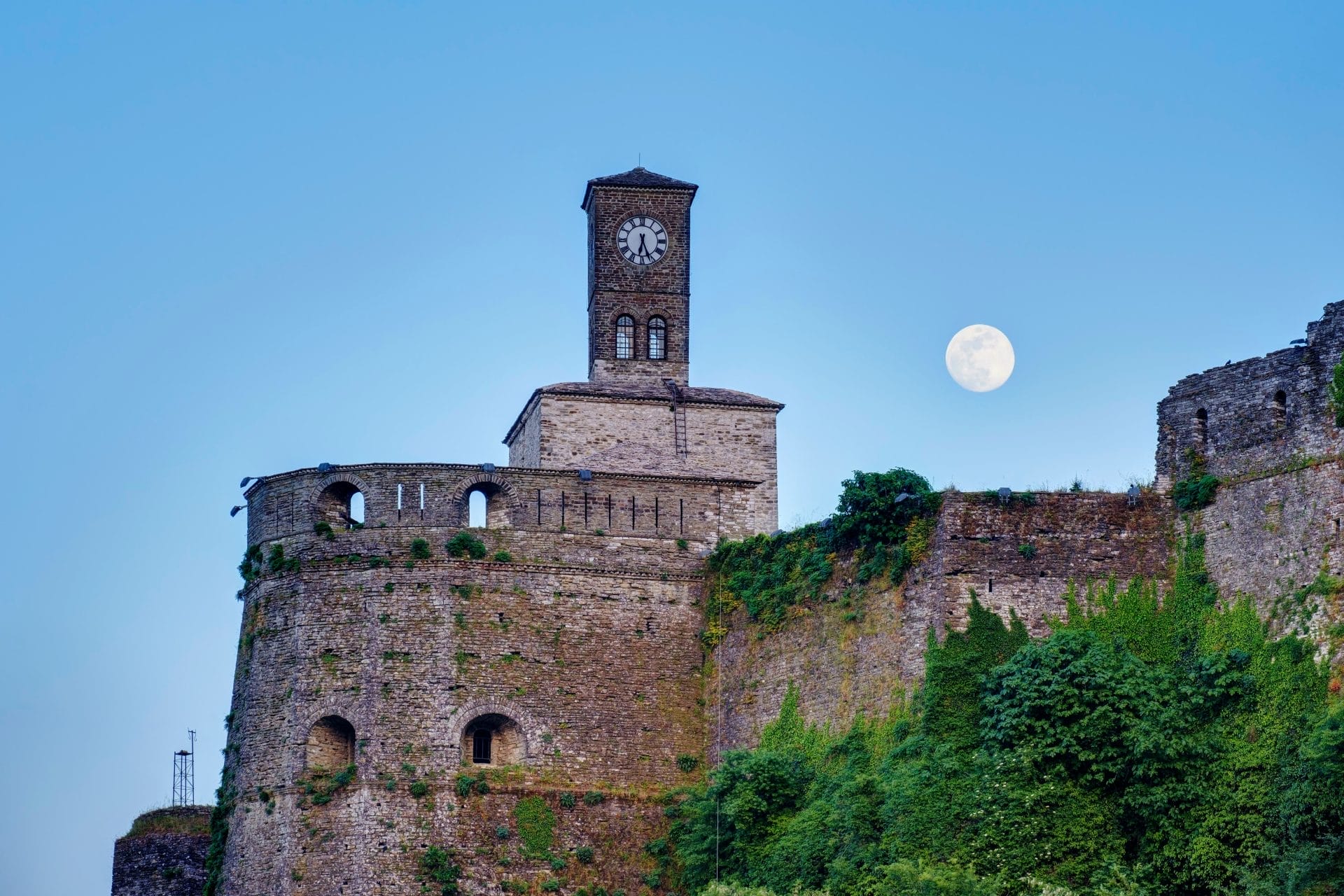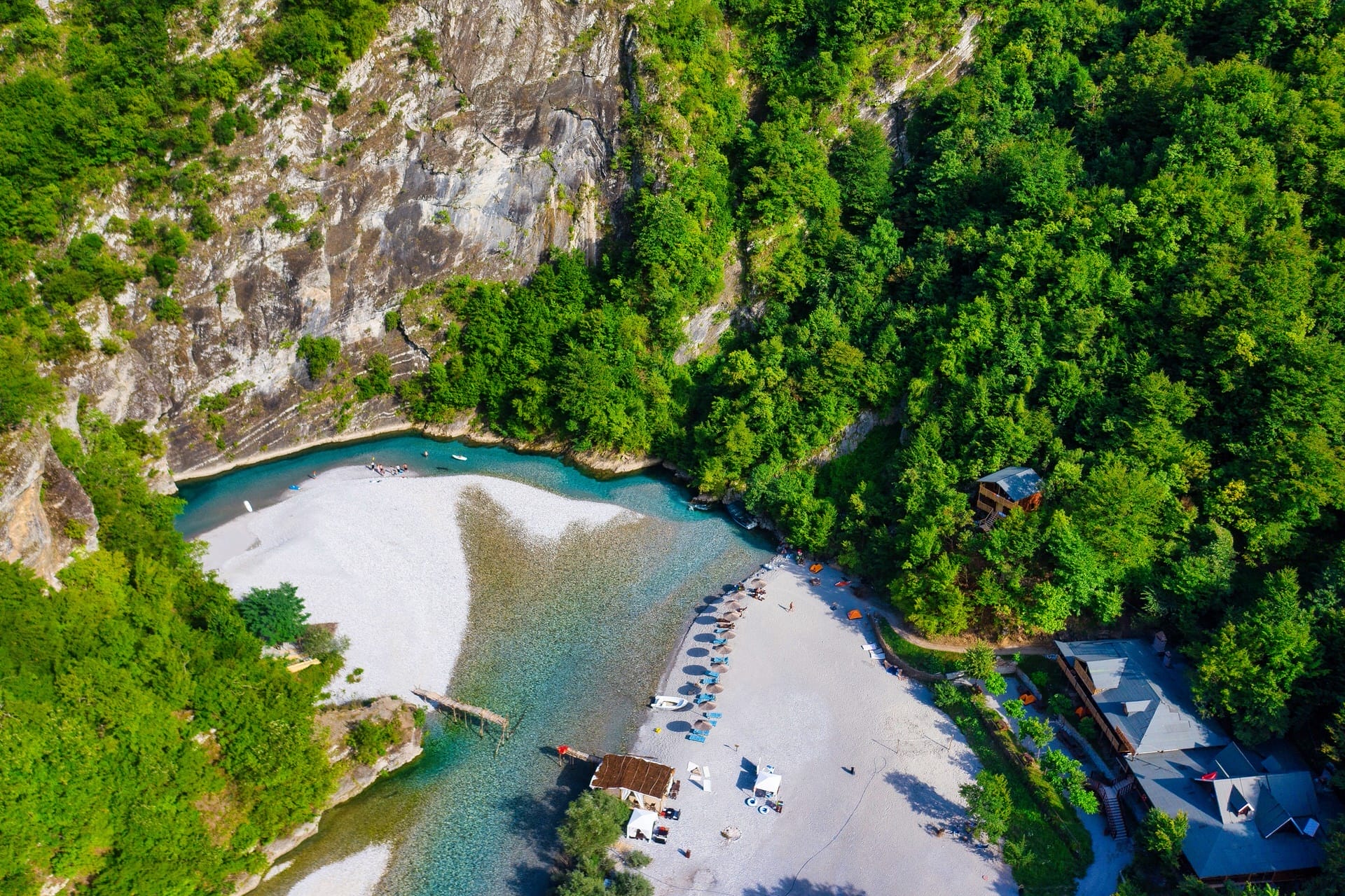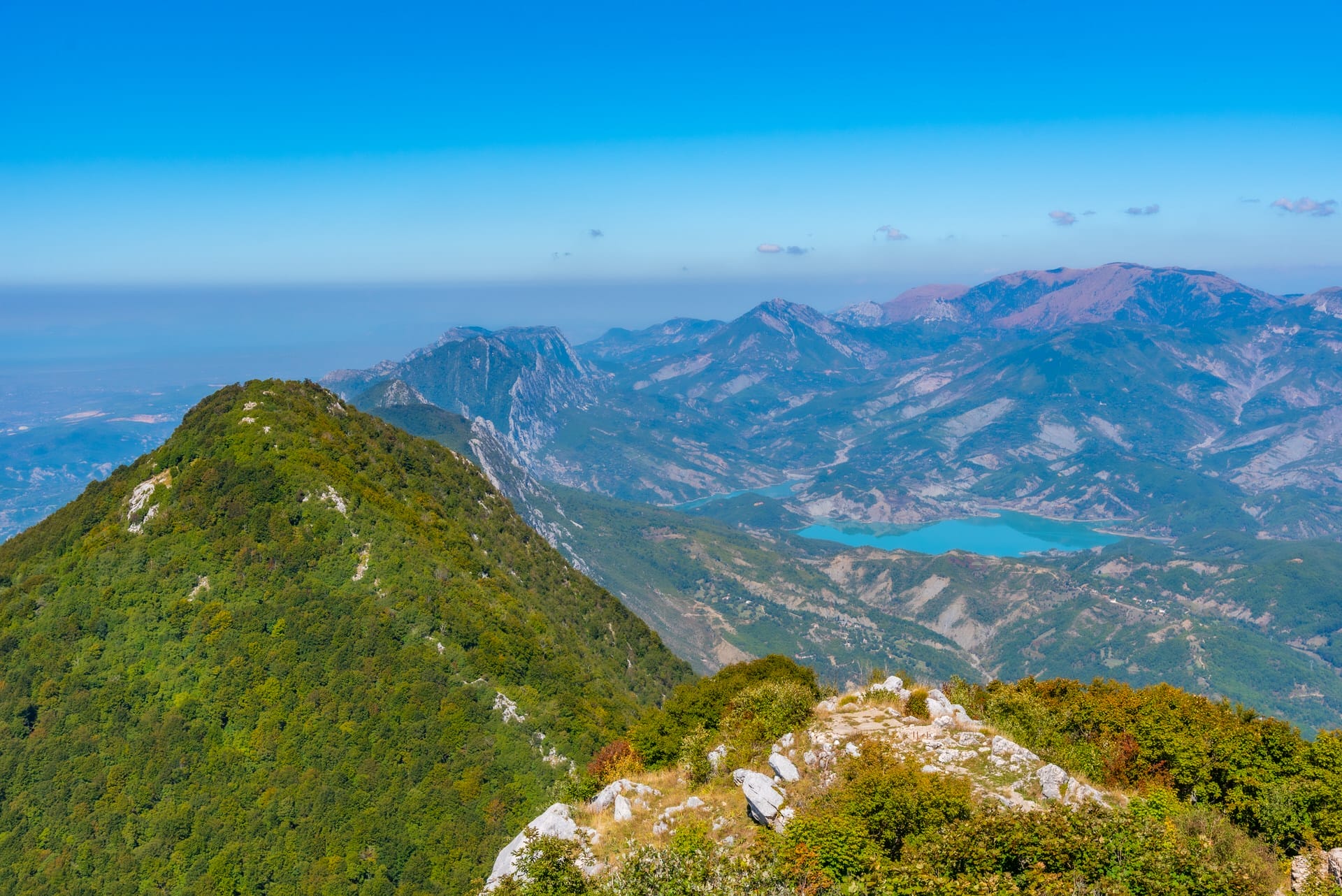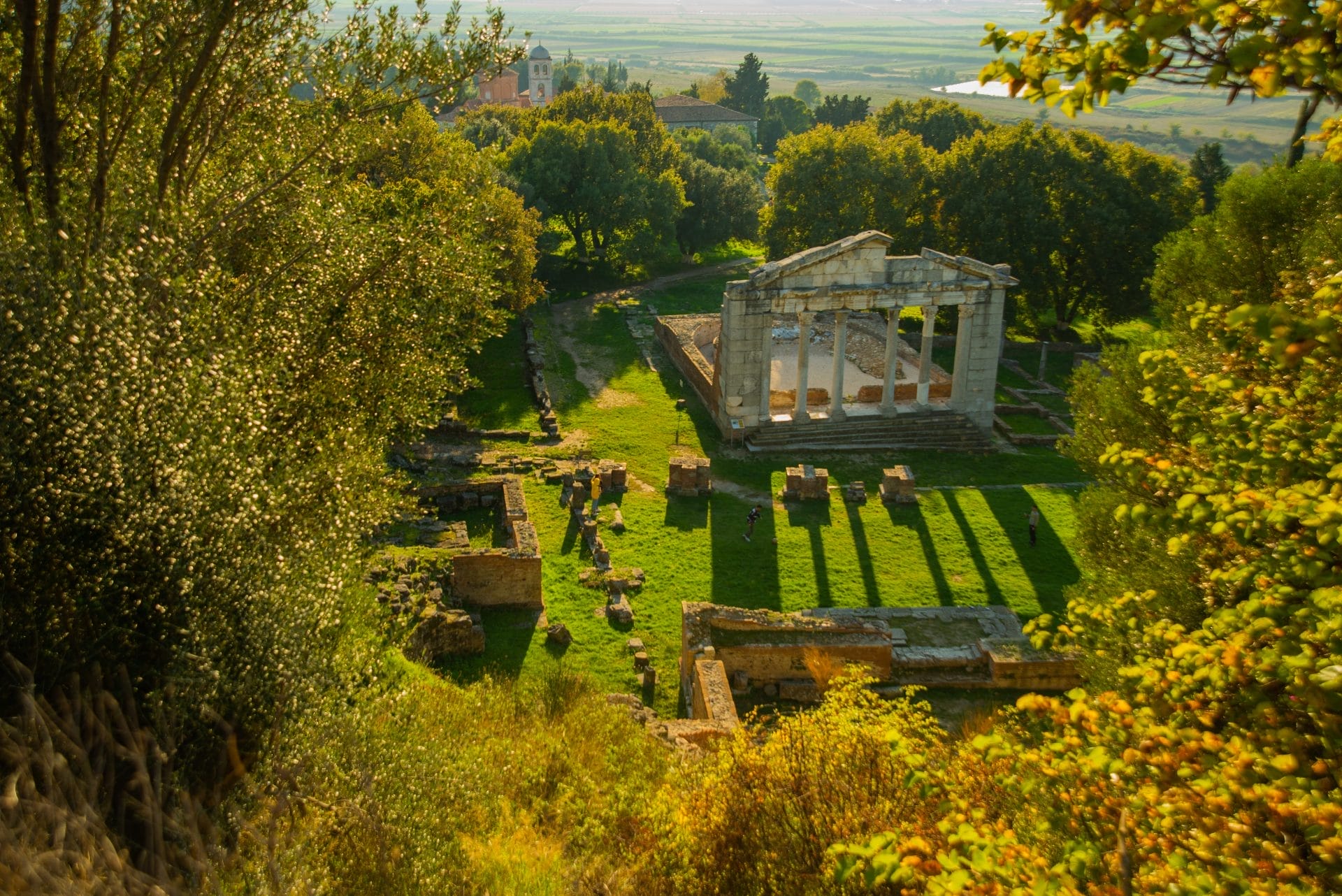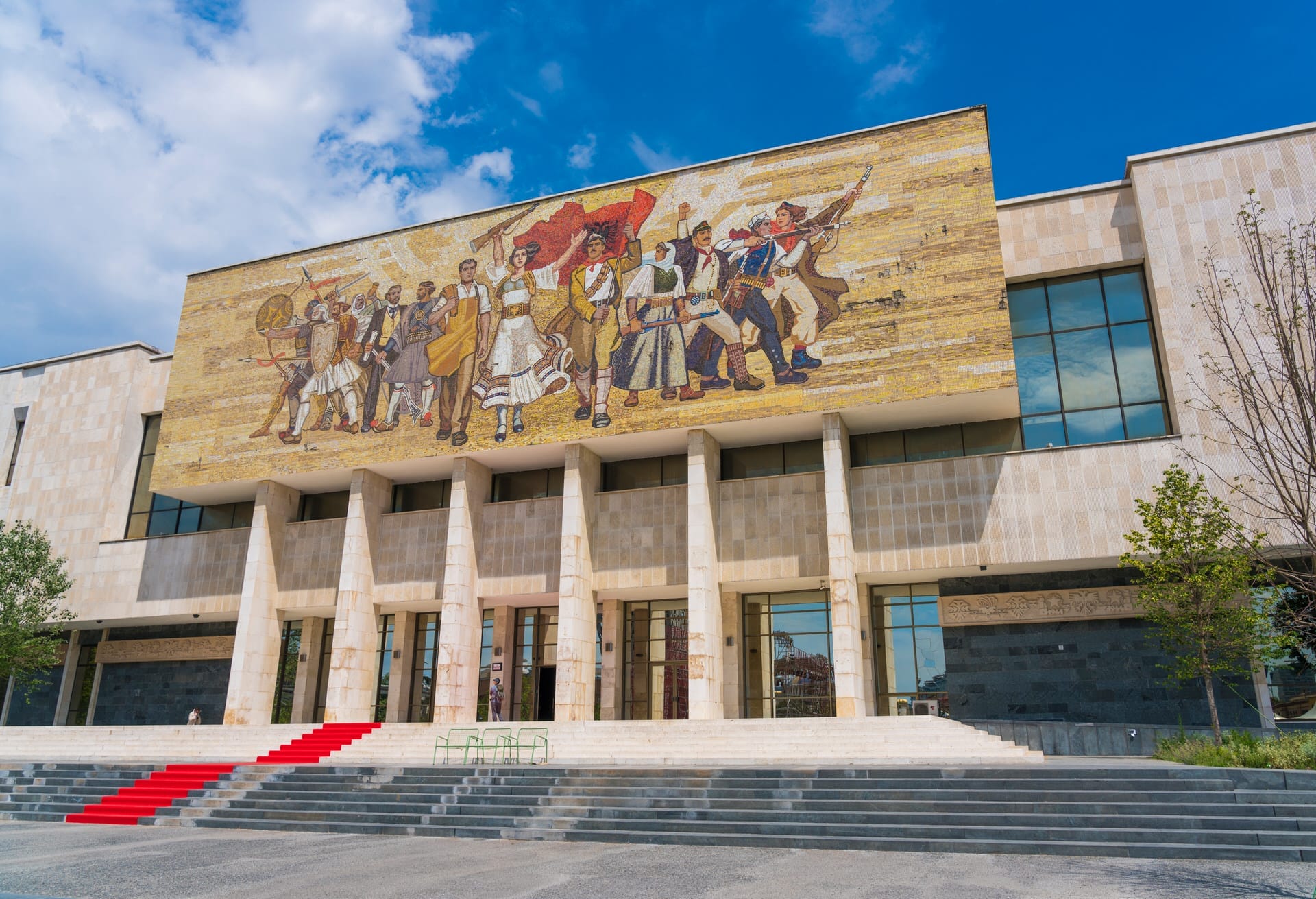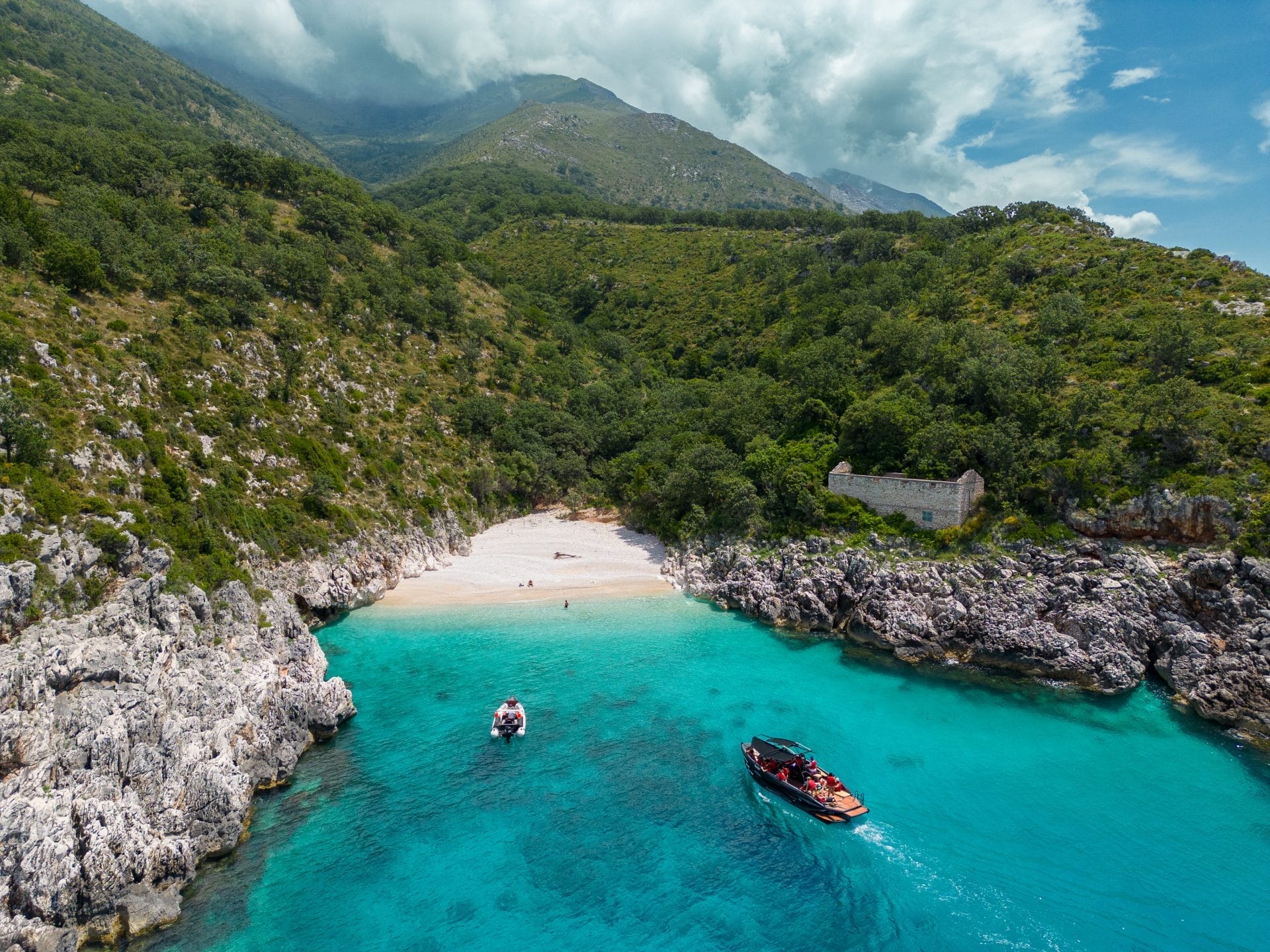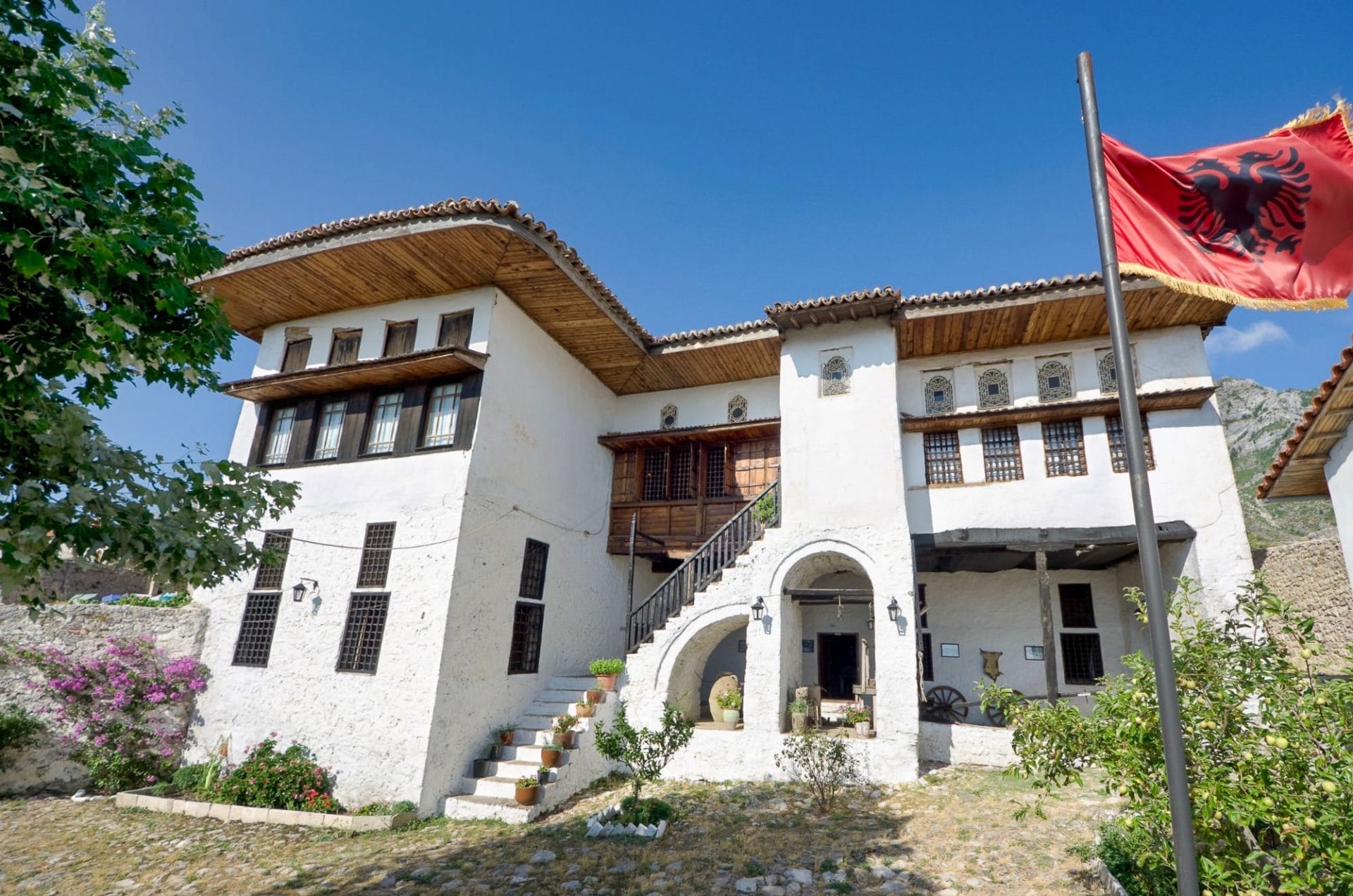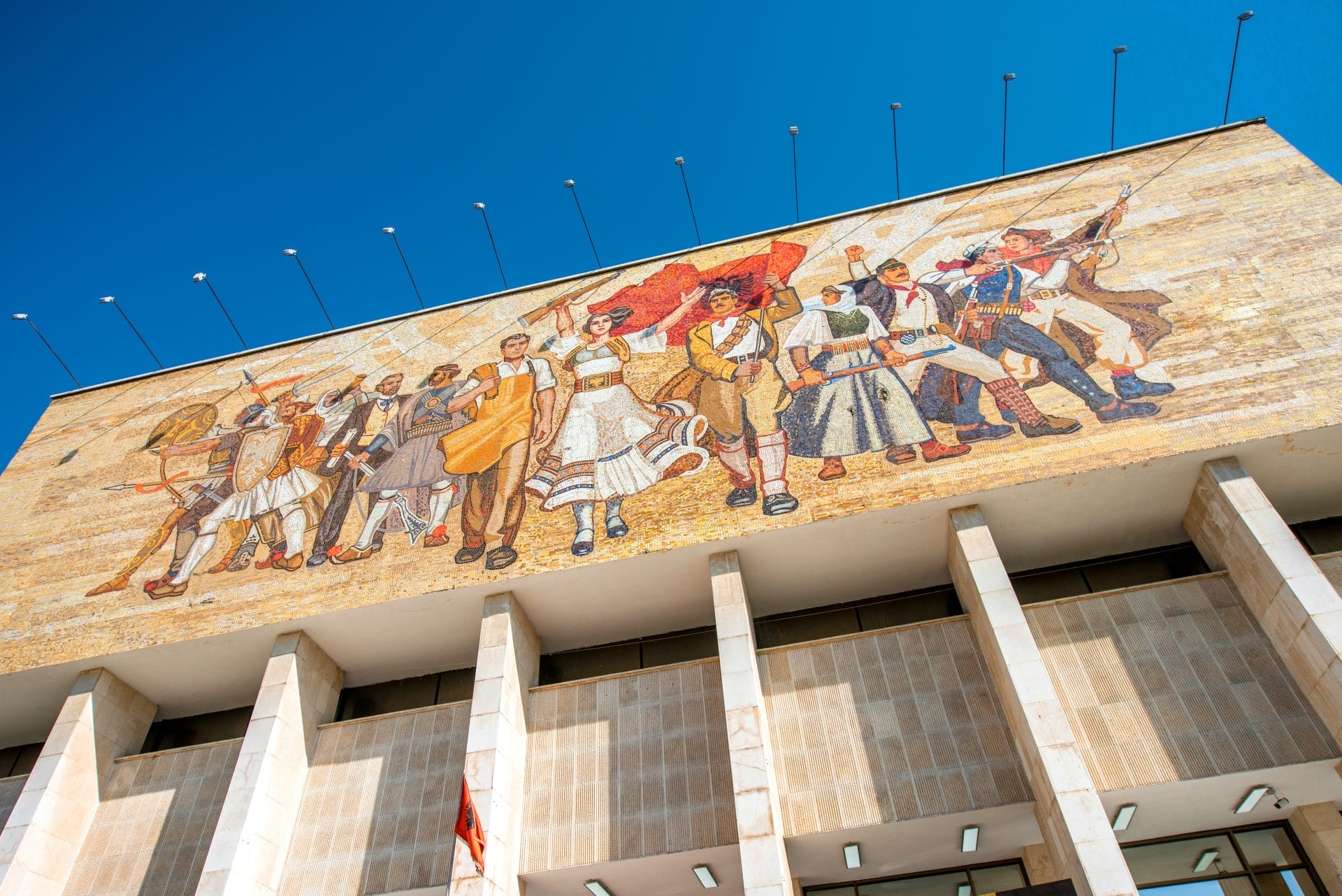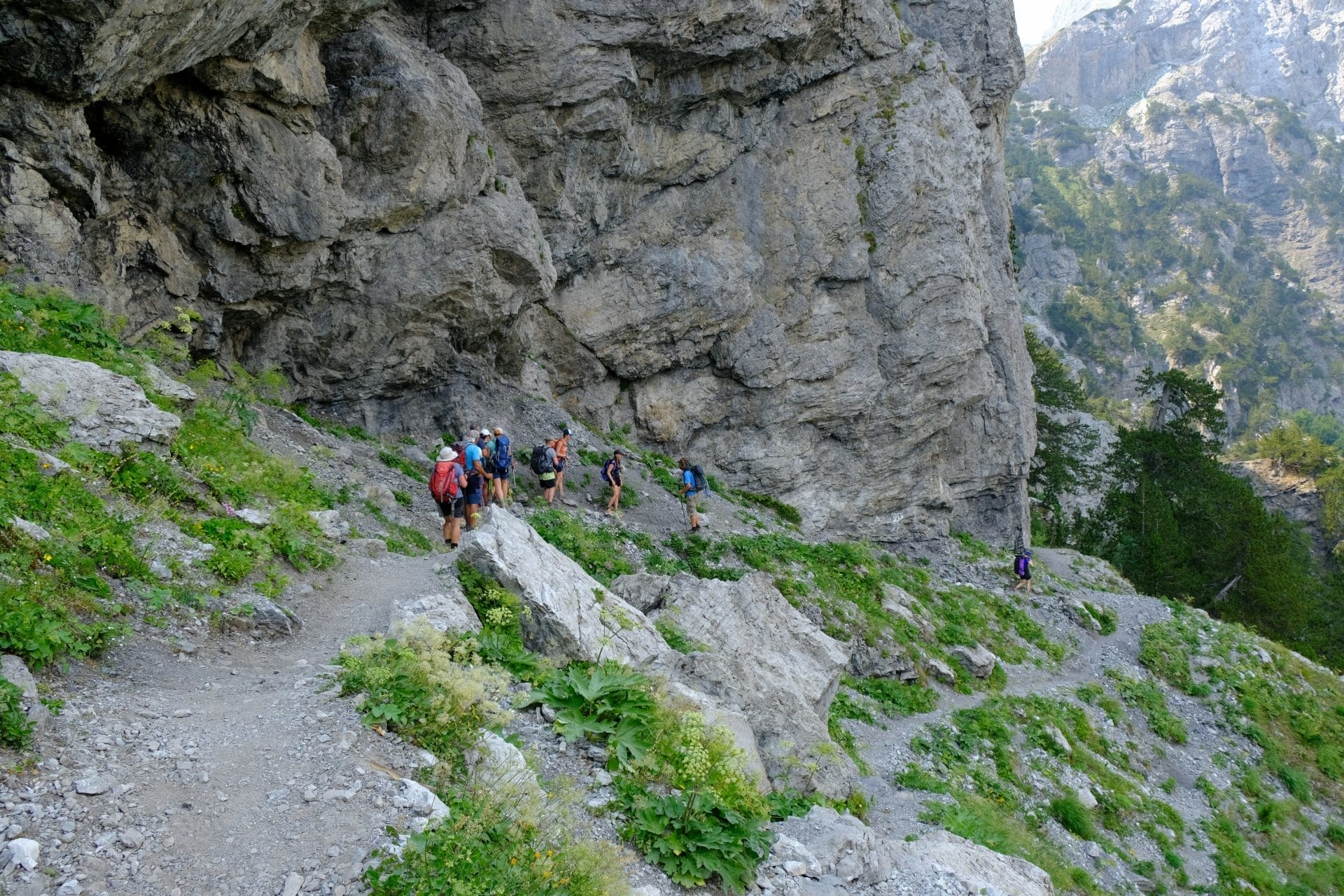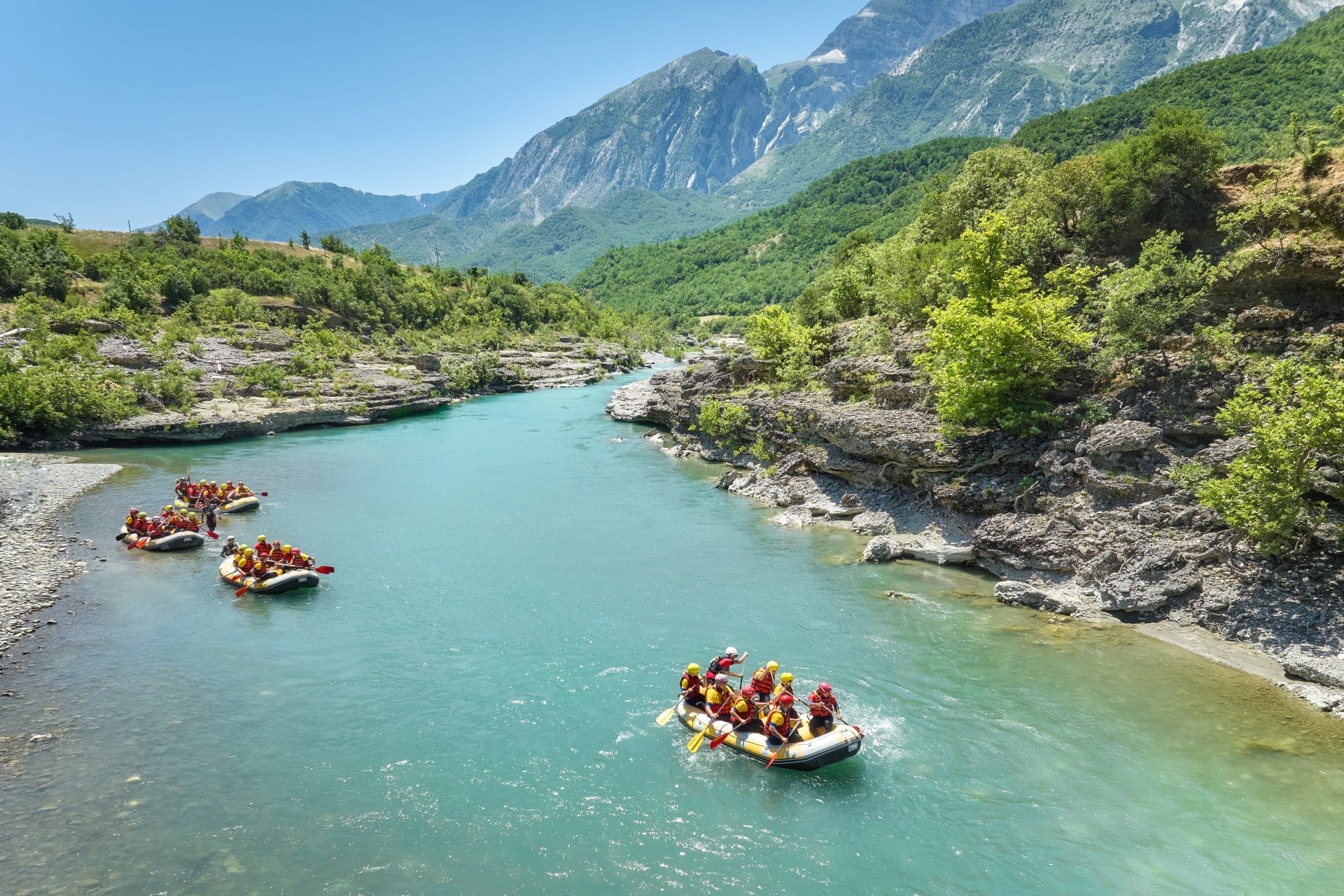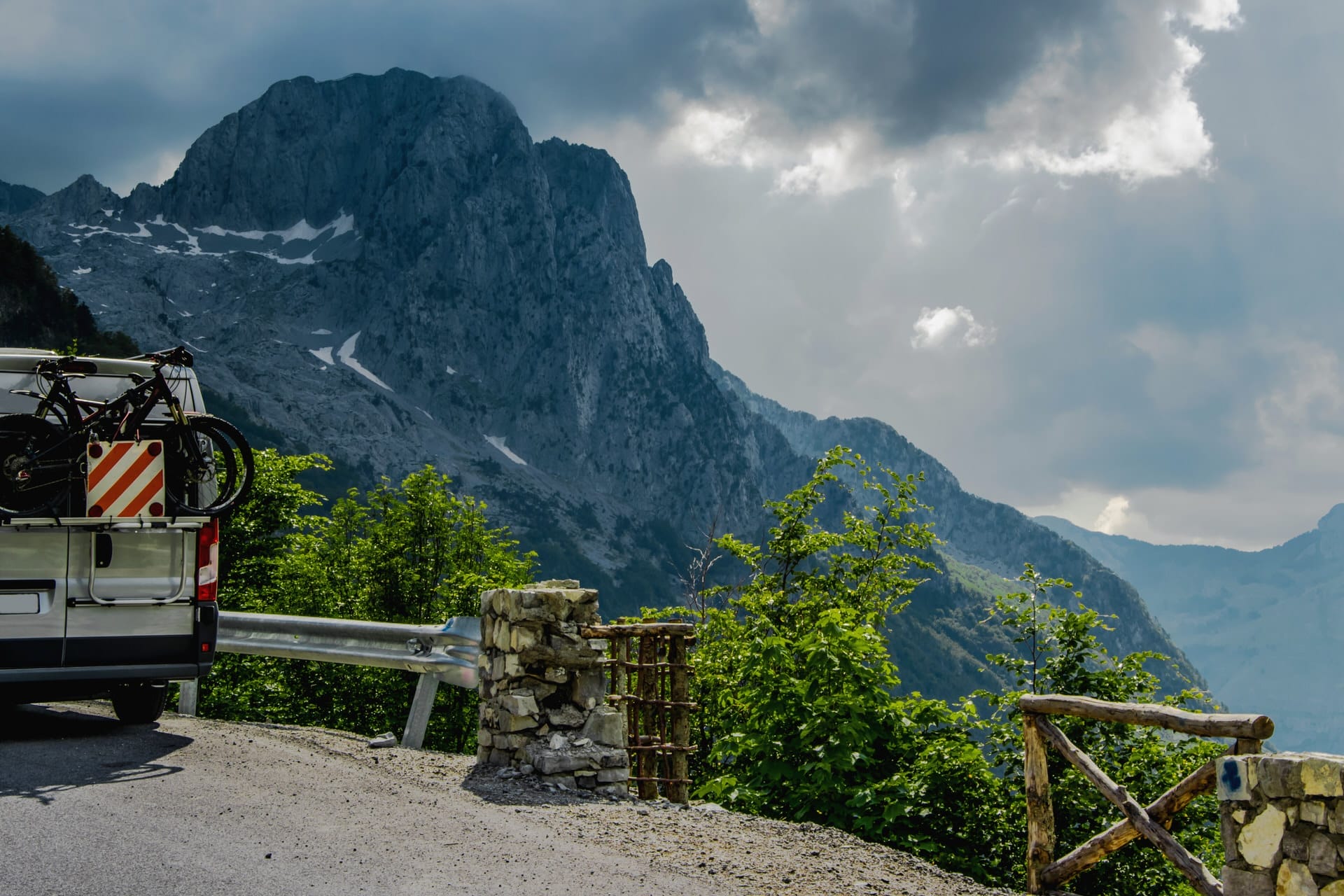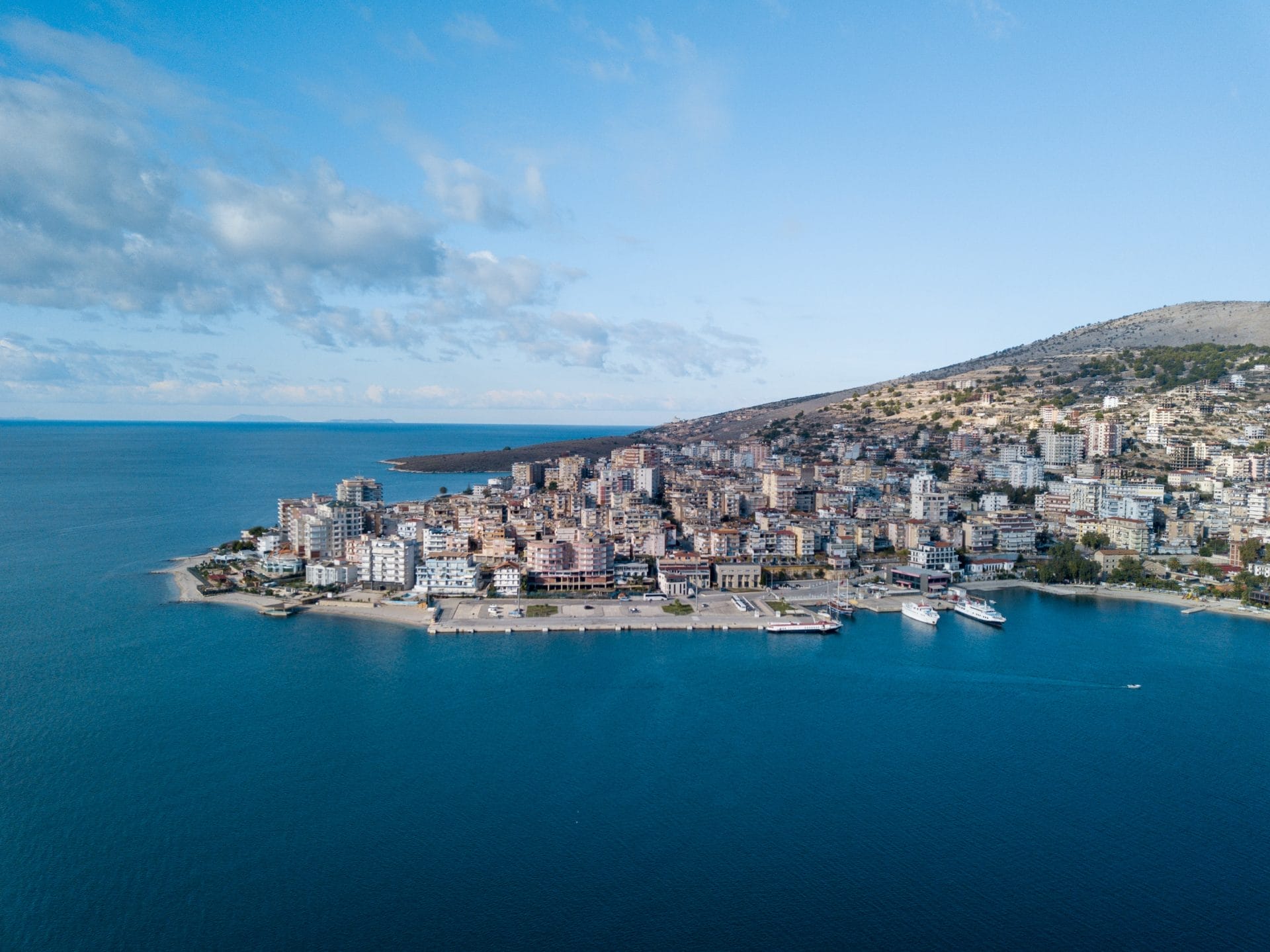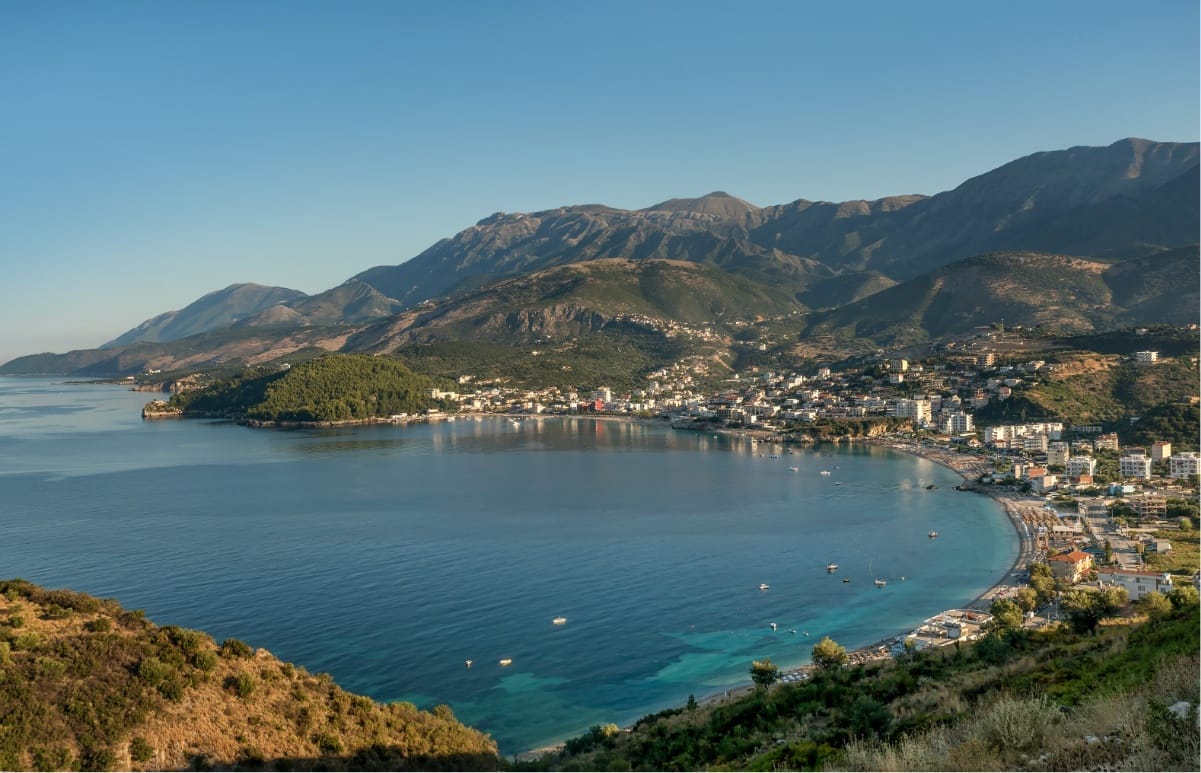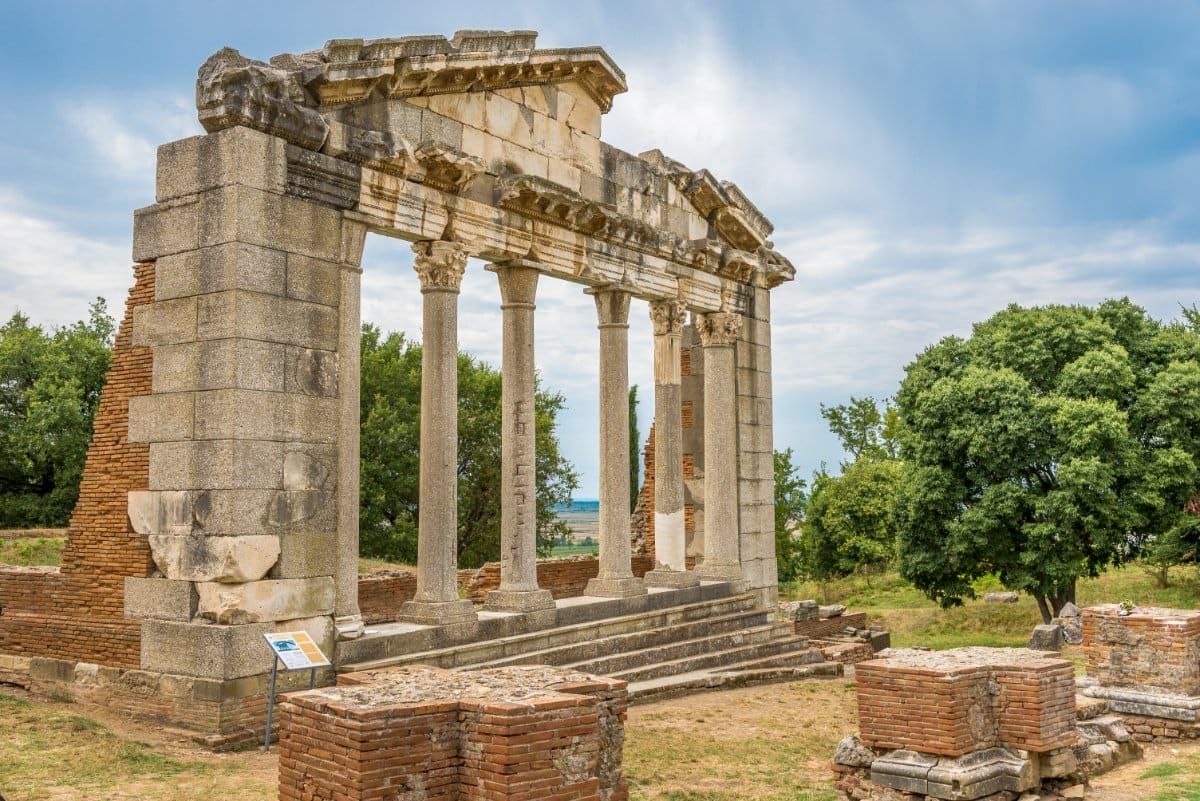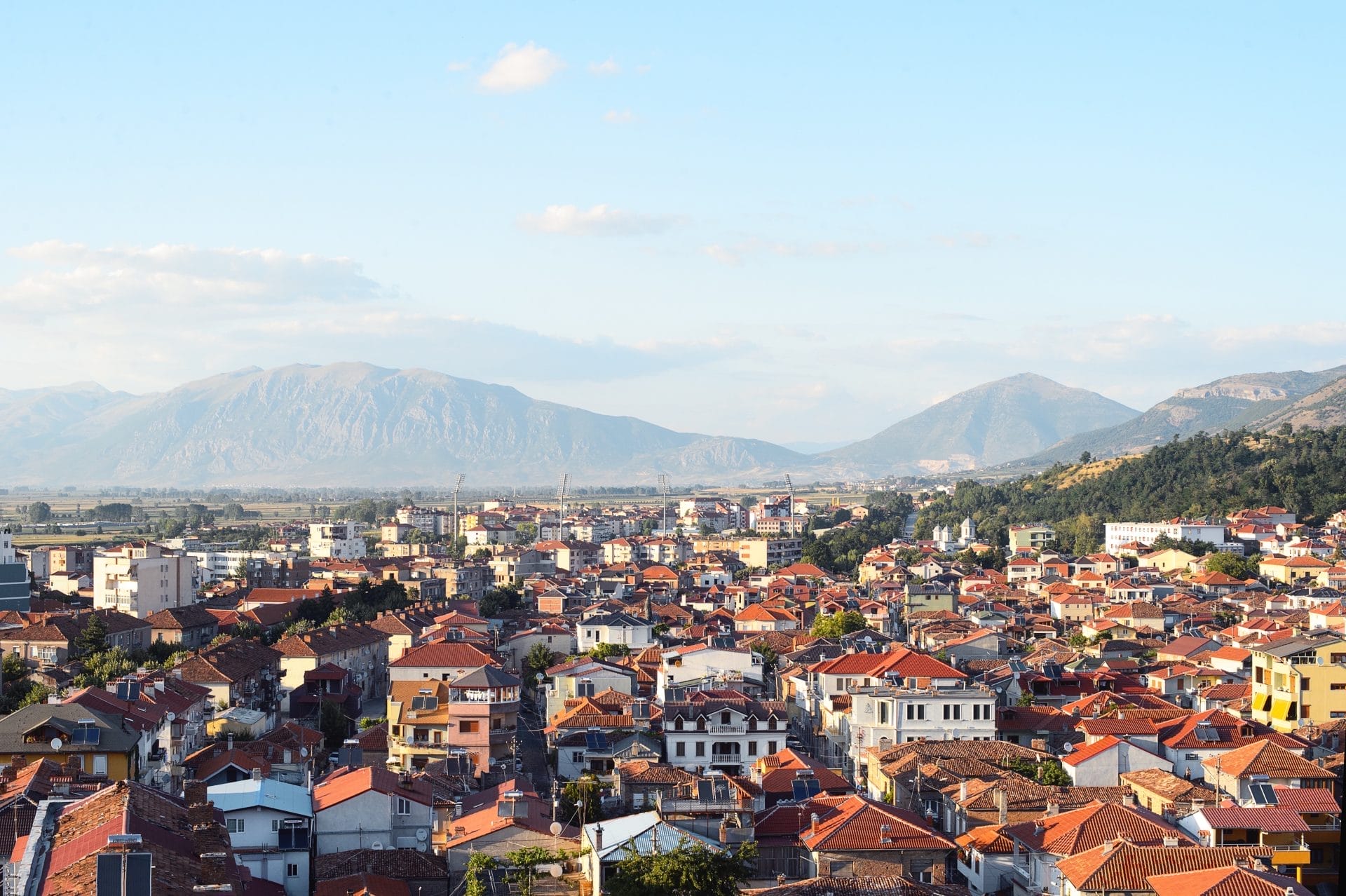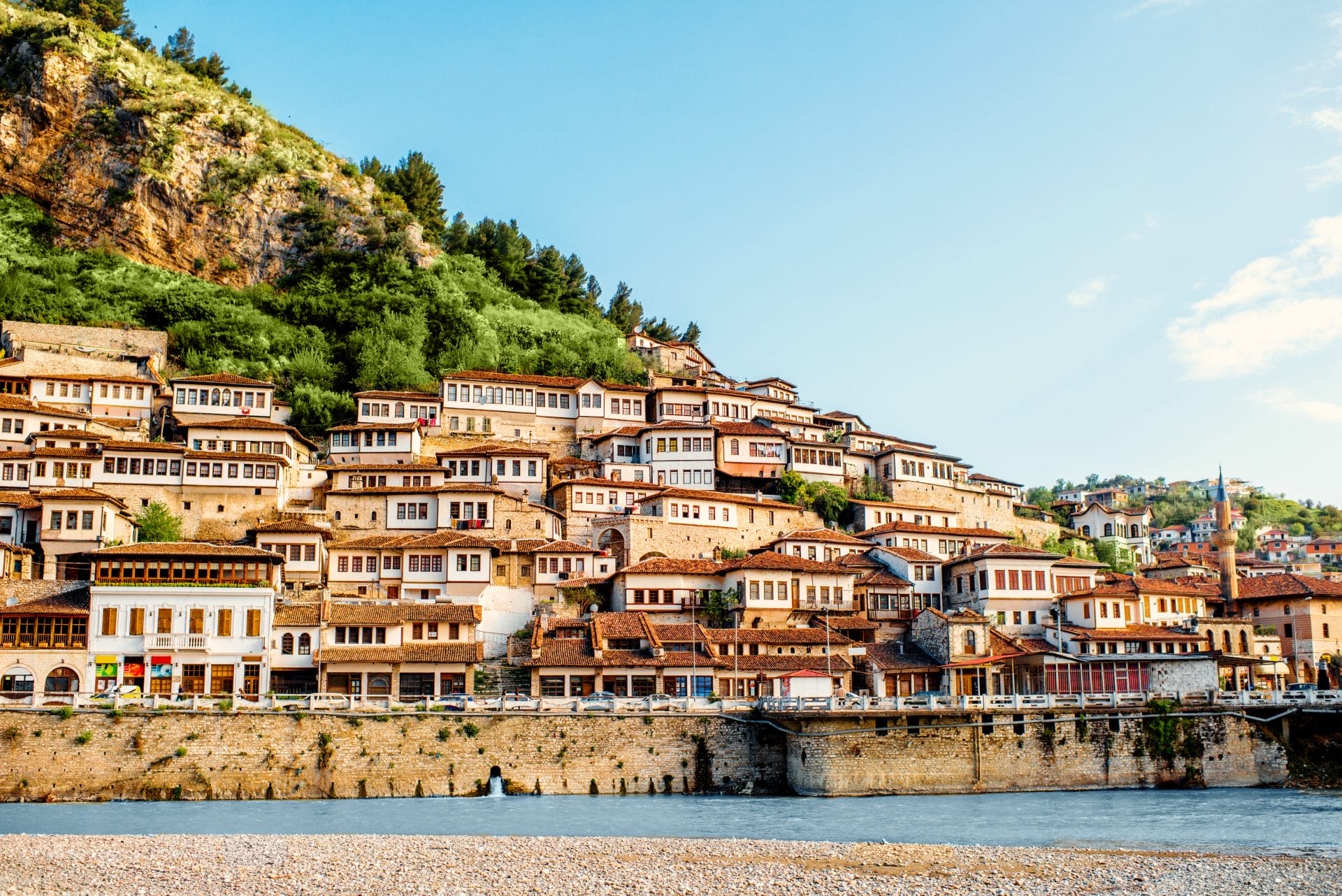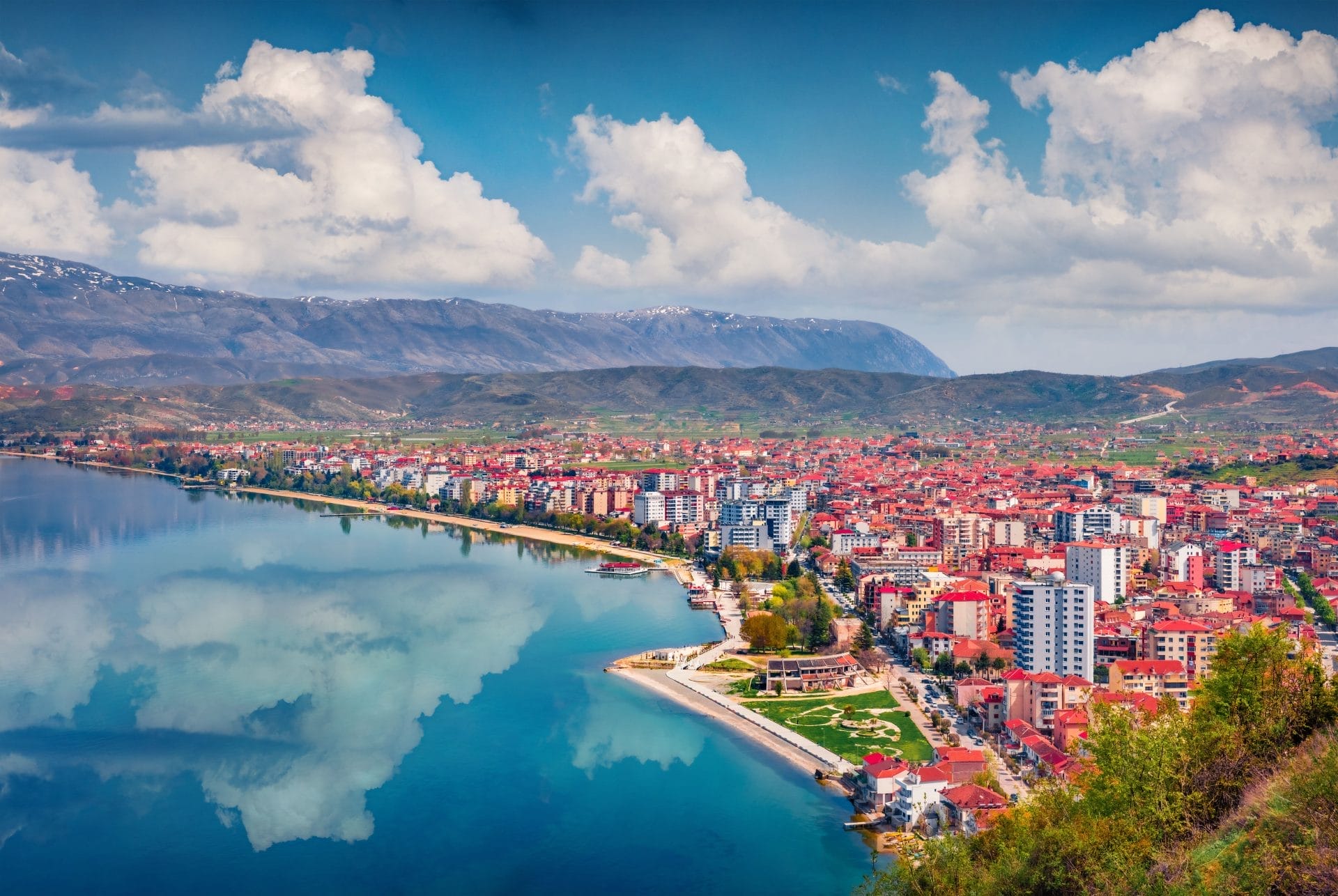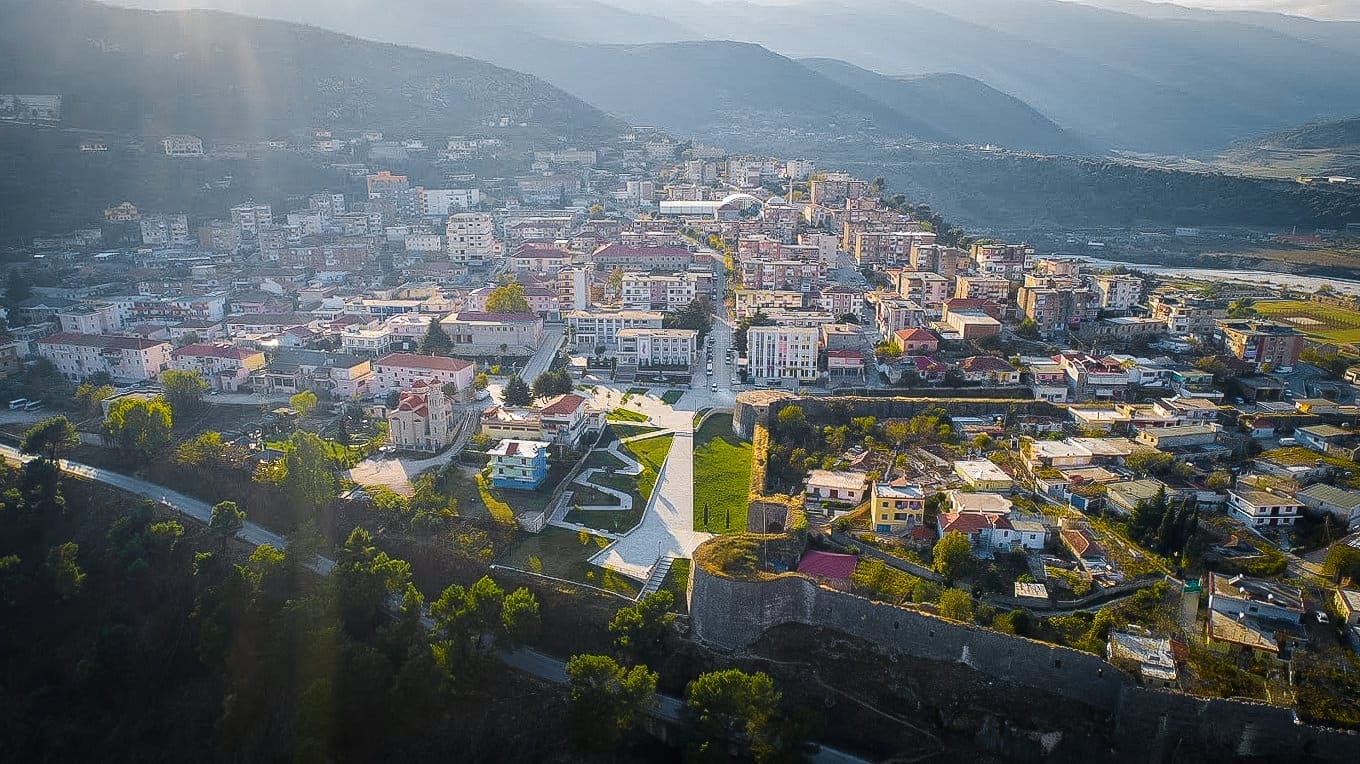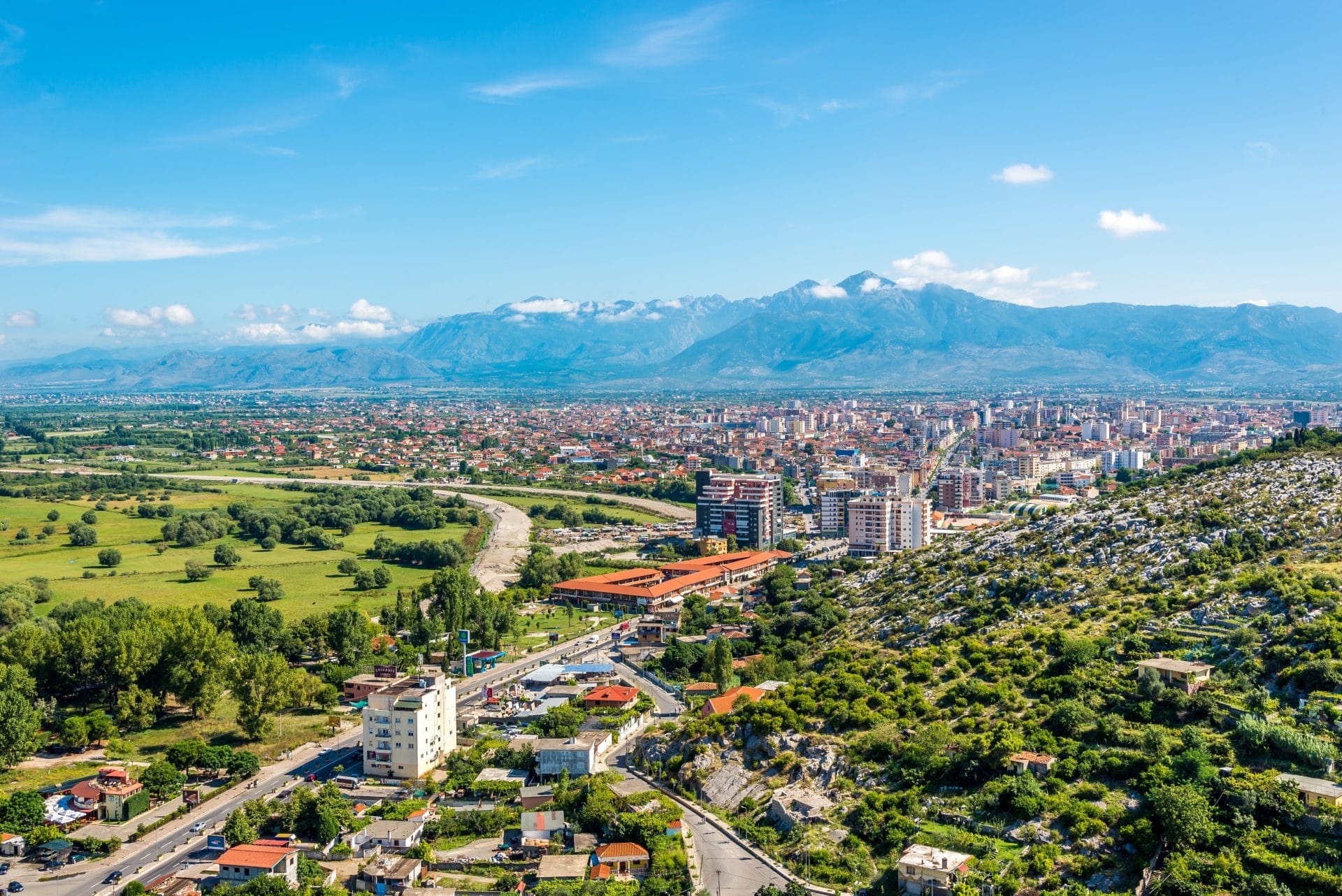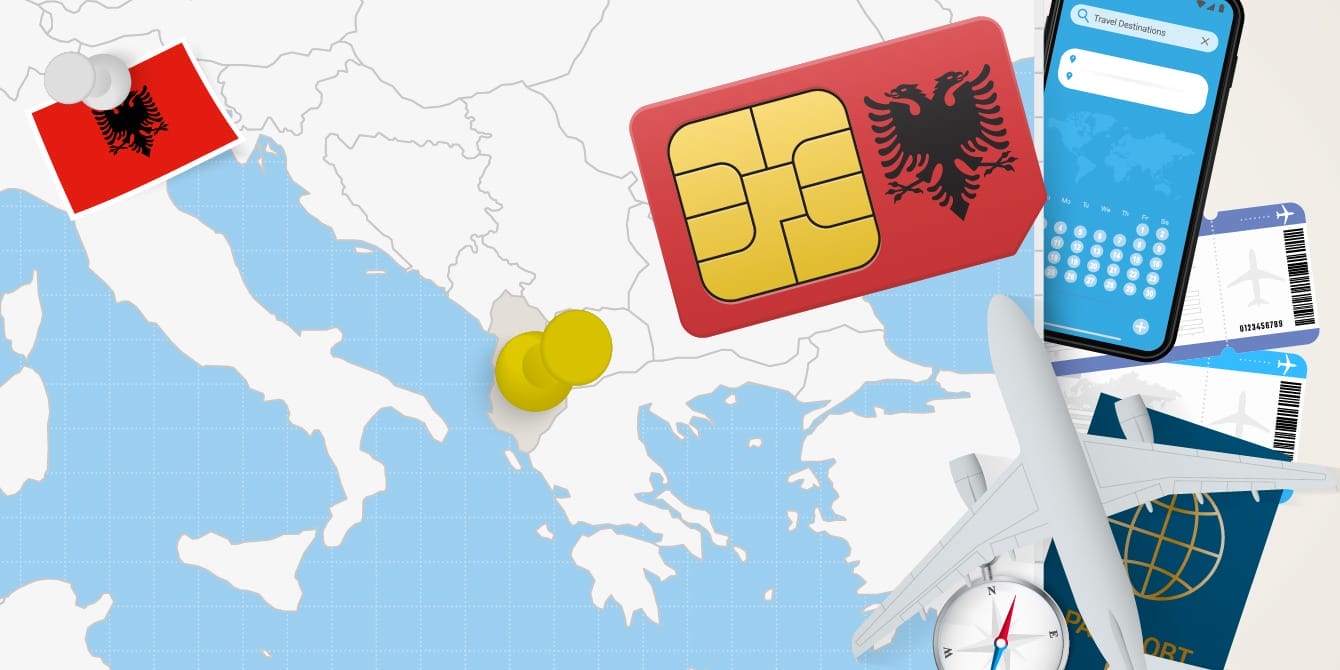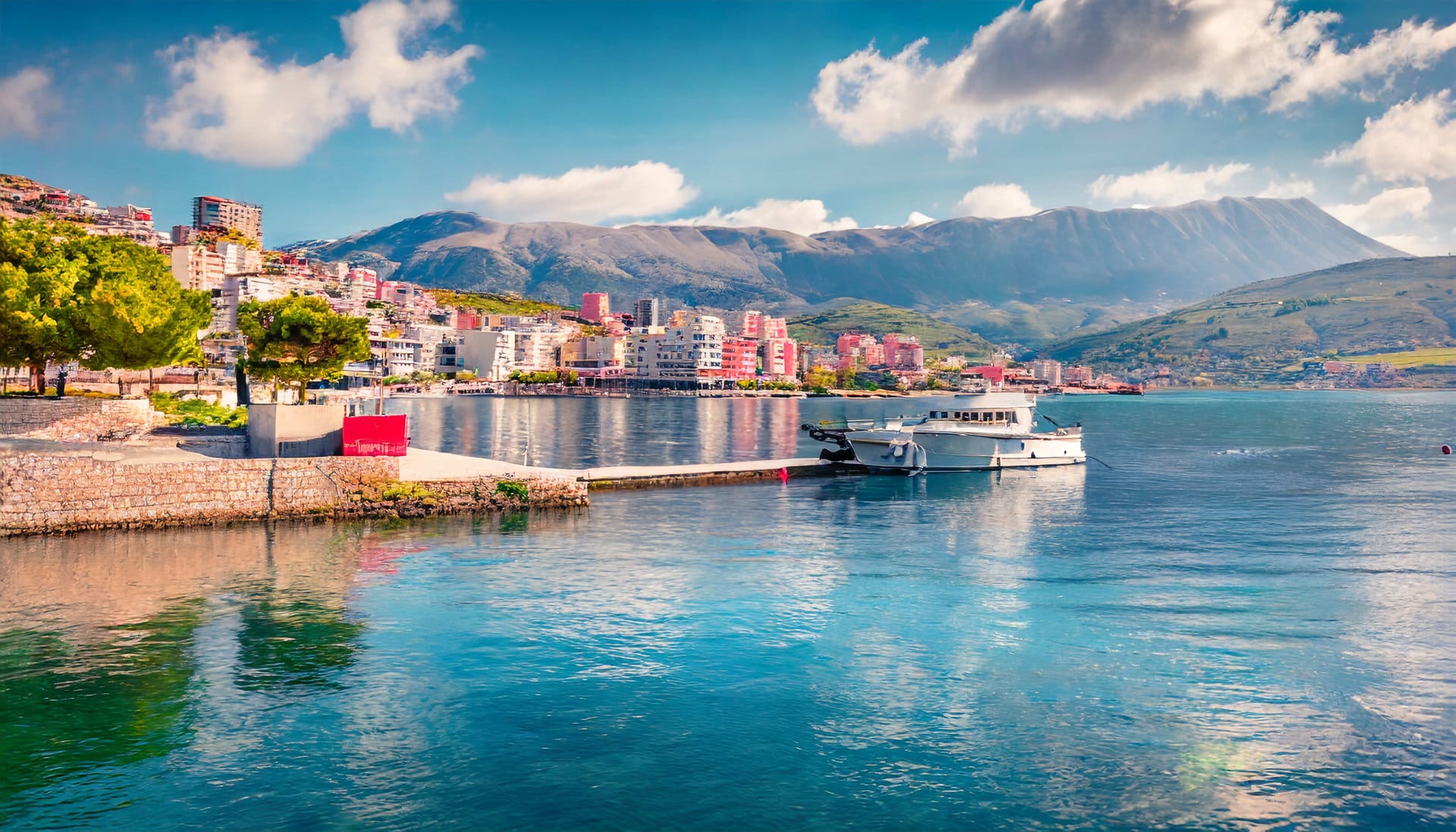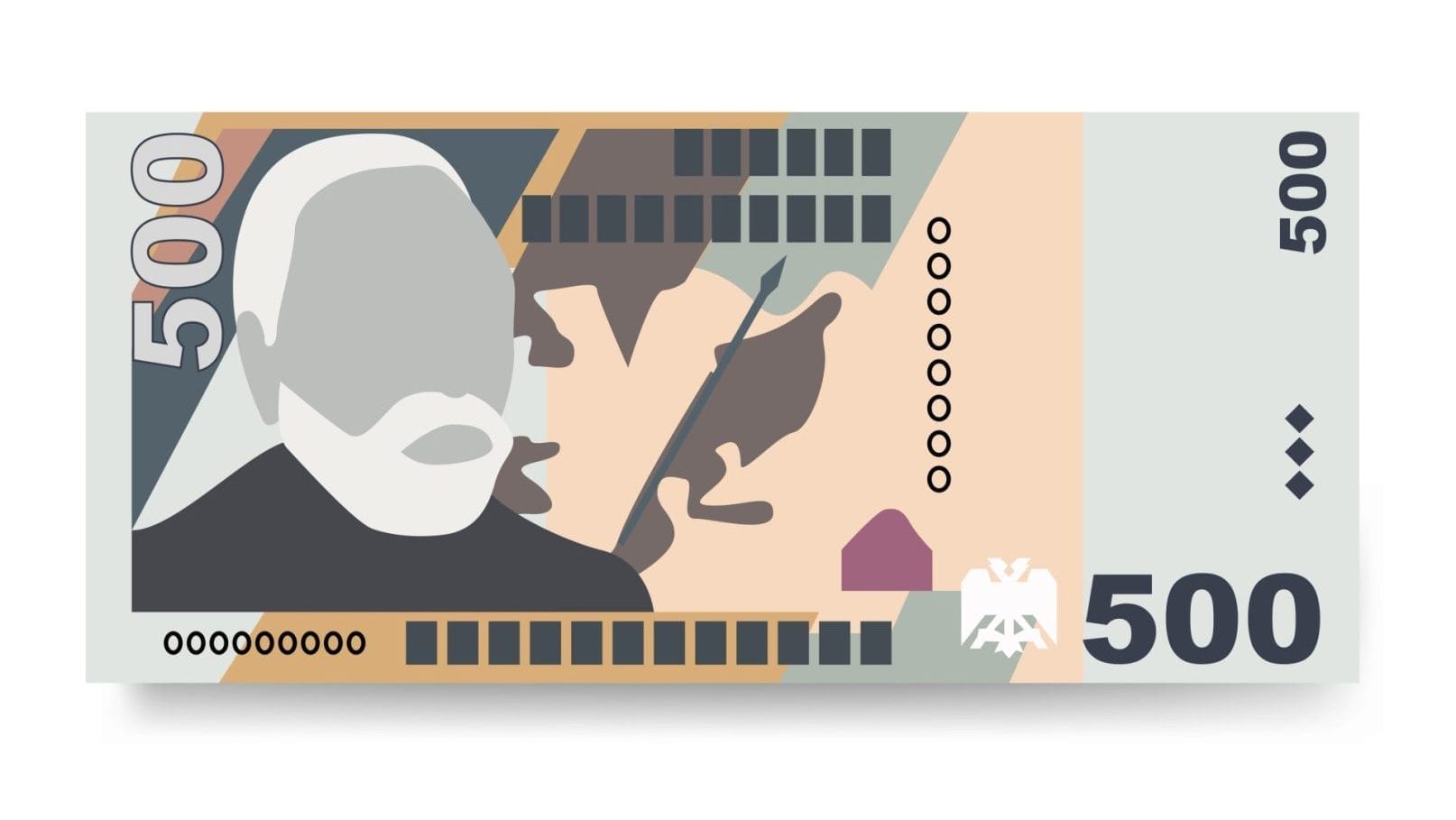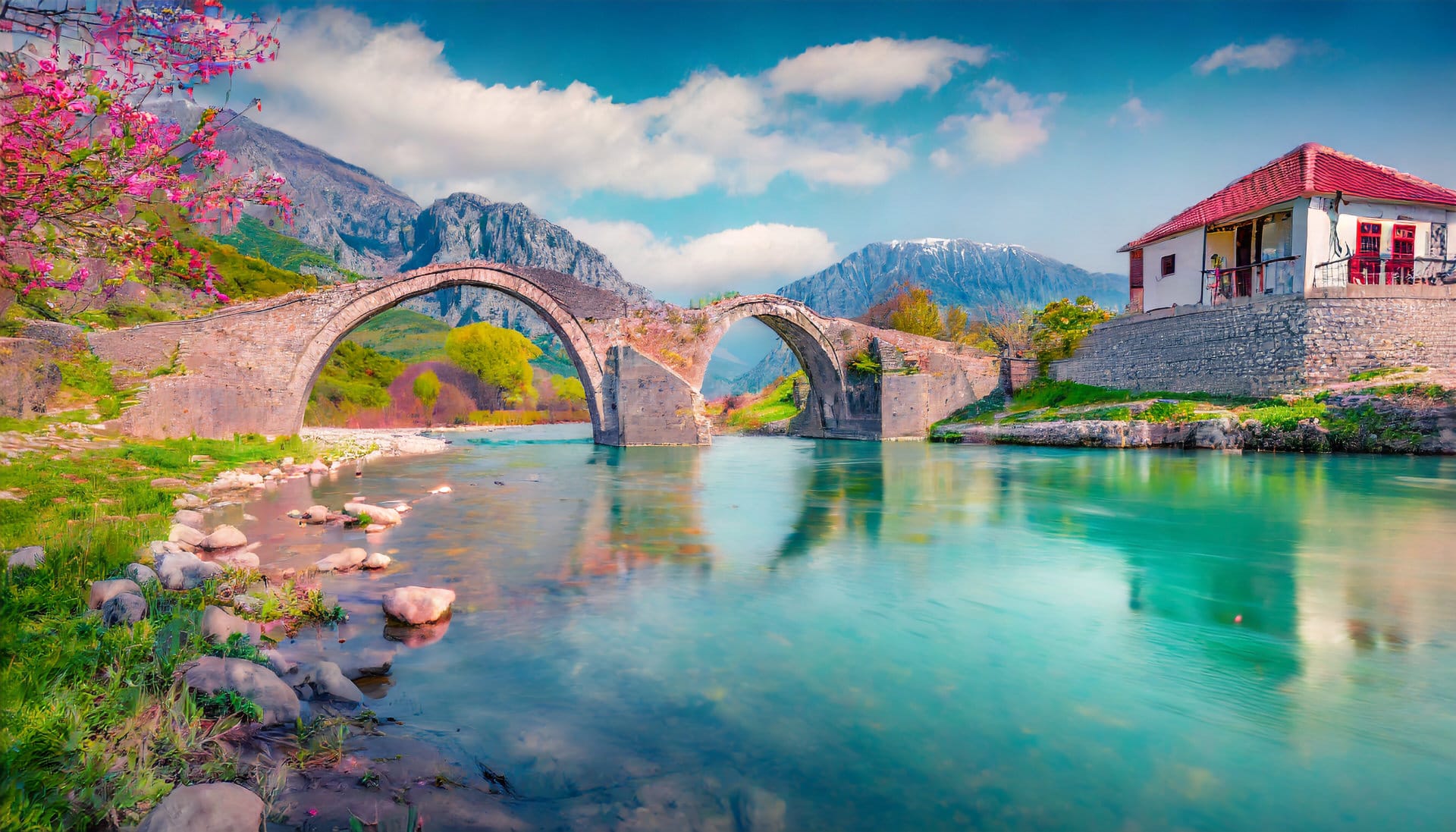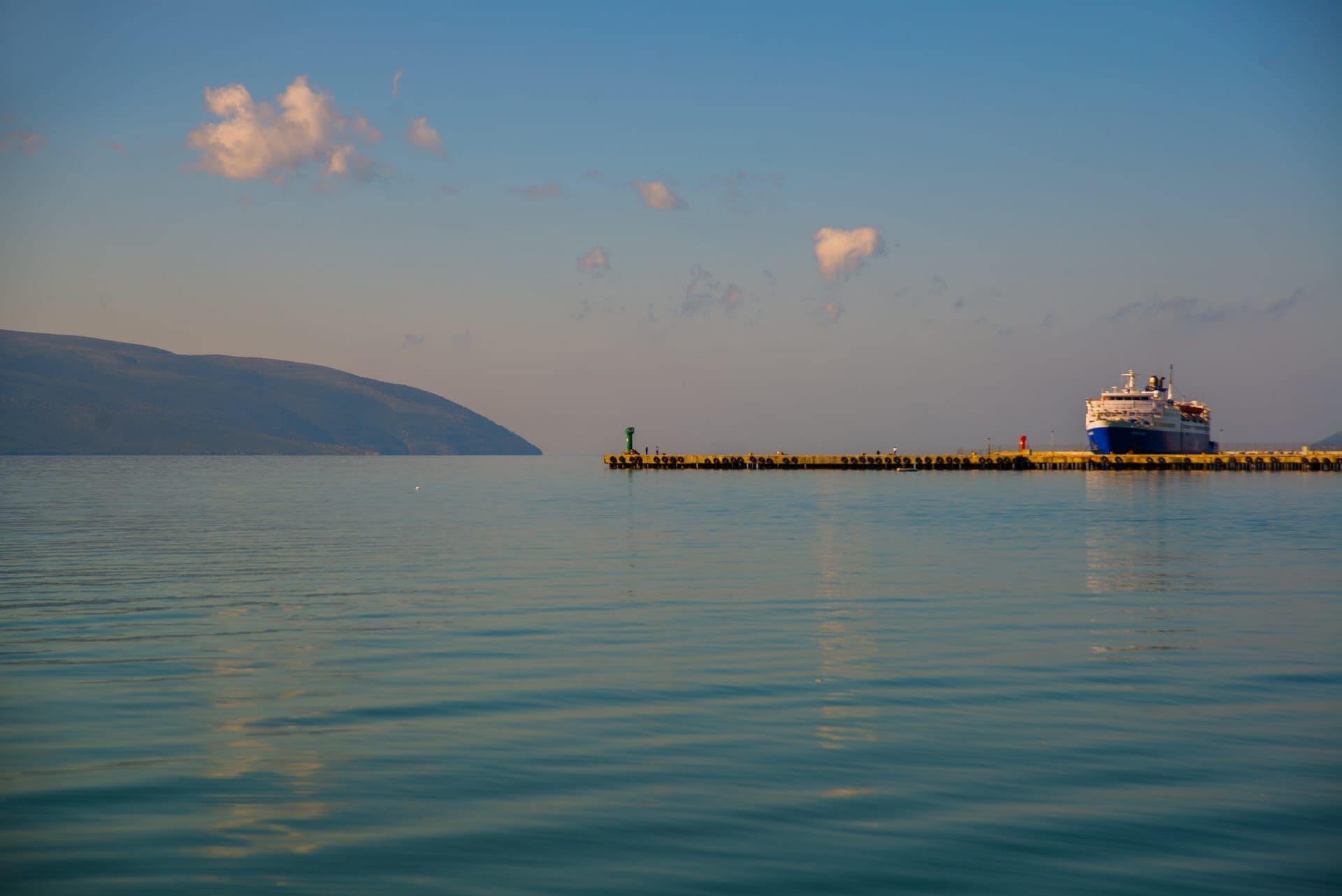
Albania’s Path to Independence
The story of Albania from 1912 to 1944 is one of struggle, transformation, and defining moments that shaped the nation’s identity. Emerging from nearly 500 years of Ottoman rule, Albania embarked on an uneasy journey to establish itself as an independent state and navigate competing spheres of foreign influence.
The Declaration of Independence
On November 28, 1912, Ismail Qemali raised the red and black Albanian flag in Vlorë, proclaiming the country’s independence from the Ottoman Empire. This long-awaited declaration came in the wake of the successful Albanian revolt of 1912 against the repressive policies of the Young Turks.
The proclamation was made by Qemali and the National Assembly, consisting of 83 leaders representing the four Albanian vilayets. However, initially, the provisional government’s authority only extended to Vlorë and its environs. The wider European powers interested in the Balkans were reluctant to accept Albanian independence. Nonetheless, the people embraced this groundbreaking moment with great fervor, seeing it as a culmination of the struggle spearheaded by the 1878 League of Prizren.

The Balkan Wars
Albania’s statehood was immediately thrown into jeopardy by the onset of the Balkan Wars, as Serbia, Greece, and Montenegro invaded and occupied most of the territory claimed by Albania. Though the Great Powers later compelled the invaders to withdraw, the 1913 Treaty of London upheld the partition of Albanian-majority lands, with only a small autonomous central region under international control granted independence.
This shrunken territory became the Principality of Albania in 1914 – a German prince, Wilhelm of Wied, was installed as its ruler. However, his reign was short-lived due to an uprising led by Essad Pasha Toptani and later occupation by foreign armies in World War I.
The Rocky Road to Monarchy
In the years following the war, the political situation remained unstable as various groups and figures vied for power. Finally, in 1928, the National Assembly voted to abolish the republican system and restore the monarchy under President Ahmed Zogu.
Zogu proclaimed himself King Zog I, establishing the basic framework of governance for the Kingdom of Albania with progressive social policies but an increasingly authoritarian streak aimed at consolidating control.
Zog’s regime would reckon with a vengeful Essad Pasha, bloody rebellions, and growing Italian dominance over Albania’s finances and army. Critics saw the new monarch as a puppet of Mussolini’s Fascist Italy.
Occupation and World War II
On April 7, 1939, Italian and Albanian Fascist forces invaded Albania, facing little to no resistance. Mussolini’s troops occupied Albania in what was seen largely as a matter of convenience in the dictator’s expansionist goals. King Zog fled into exile with his family. The Italians merged Albania with the other Balkan territories under Italian control to create a protectorate that granted Albania’s government little domestic power.
After Nazi Germany steamrolled Italian forces in other parts of the Balkans, they invaded and occupied Albania with Italy in 1943. Albanian partisan groups soon rose in a popular resistance movement against the Axis occupiers.
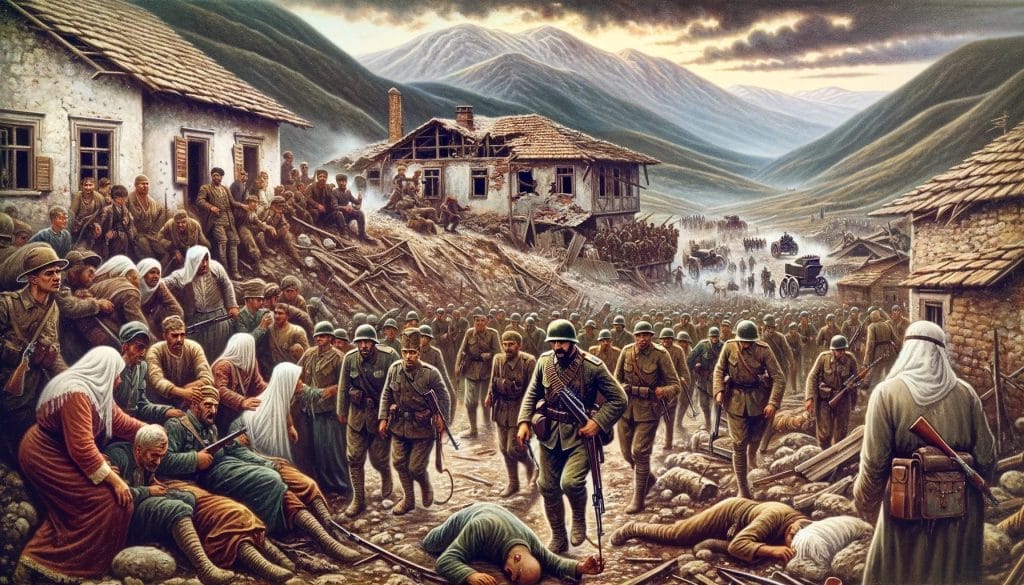
The Communists Take Charge
With the surrender of Italy in 1943 and the Nazis by 1944, communists took advantage of the power vacuum, seizing control of Albania’s provisional government with Enver Hoxha as the leading figure.
Hoxha’s Marxist-Leninist forces suppressed opposition and established the People’s Republic of Albania. This Stalinist single-party communist state ruled with an iron fist for over four decades under Hoxha’s dictatorial sway. This marked the end of Albania’s fleeting experiment with monarchy.
The extreme Communist regime would steer the isolated country on an inward-looking course that cut ties with allies, promoted a cult of personality around Hoxha, and subjected the populace to constant surveillance, suppression of freedoms, and brutal political purges. This painful but transformative period crucially gave rise to the modern Albanian state.
In Summary
From its declaration of freedom from the Ottoman Empire in 1912 to the communists’ decisive takeover during World War II, Albania grappled with immense domestic and foreign challenges to its independence and nationhood. The struggles to defend Albanian identity and unify a partitioned homeland recurred as greater powers sought to control the small country.
While foreign occupations and failed experiments like the monarchy revealed weaknesses, they also steeled Albania’s resolve. This, coupled with an abiding sense of shared history and culture among the populace, enabled the country to emerge intact. The journey was often traumatic, but modern Albania carries these formative years in its collective consciousness.

